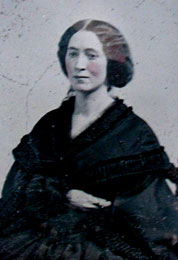Martha Macomb Dinsmore
(1797 – 1859)
 Martha Keturah Macomb was born on September 9, 1797. Since at least one of her siblings was born in Georgetown, D.C., that was most likely where she was born. Her father was a Scotch-Irish immigrant, Alexander Macomb, and her mother, Jane Rucker Macomb, had been born in Nassau, in the Bahamas. Martha was the fifteenth living child of Alexander, and the fifth of Jane, his second wife. Although she may not have been born into a wealthy family, the Macomb’s had at one time been among the wealthiest families in New York City and Alexander had been one of its largest slaveholders. He had made his fortune in Detroit selling supplies, including scalping knives, to the British and their Native American allies during the Revolutionary War. Alexander took his fortune to New York City in the 1780s and built a large house at 39 Broadway near Trinity Church in lower Manhattan. An account left of the interior of the house describes a grand staircase, high ceilings, and glass doors off the back of the house which led to Macomb’s wharf and a scenic view of the Hudson River.1 When George Washington was inaugurated President of the United States in 1789, New York City was the capital and he felt that “Macomb’s Mansion” provided the most appropriate accommodations for the President and so rented the building from Macomb. The wealth that enabled Macomb to build this house and to speculate on millions of acres of land (including Macomb’s Purchase which was more than three million acres), disappeared in the Panic of 1792, when he found himself in debtor’s prison.
Martha Keturah Macomb was born on September 9, 1797. Since at least one of her siblings was born in Georgetown, D.C., that was most likely where she was born. Her father was a Scotch-Irish immigrant, Alexander Macomb, and her mother, Jane Rucker Macomb, had been born in Nassau, in the Bahamas. Martha was the fifteenth living child of Alexander, and the fifth of Jane, his second wife. Although she may not have been born into a wealthy family, the Macomb’s had at one time been among the wealthiest families in New York City and Alexander had been one of its largest slaveholders. He had made his fortune in Detroit selling supplies, including scalping knives, to the British and their Native American allies during the Revolutionary War. Alexander took his fortune to New York City in the 1780s and built a large house at 39 Broadway near Trinity Church in lower Manhattan. An account left of the interior of the house describes a grand staircase, high ceilings, and glass doors off the back of the house which led to Macomb’s wharf and a scenic view of the Hudson River.1 When George Washington was inaugurated President of the United States in 1789, New York City was the capital and he felt that “Macomb’s Mansion” provided the most appropriate accommodations for the President and so rented the building from Macomb. The wealth that enabled Macomb to build this house and to speculate on millions of acres of land (including Macomb’s Purchase which was more than three million acres), disappeared in the Panic of 1792, when he found himself in debtor’s prison.
Martha’s childhood, then, was not as comfortable as that of her older siblings. However, with such a large family, she was able to spend much of her time visiting her sisters, brothers, and cousins. Her parents and her famous step brother, Alexander, Jr., lived Georgetown, in the District of Columbia. Relatives on her mother’s side of the family resided nearby in Burlington, New Jersey, and Philadelphia. It was in one of these towns that James Dinsmore first met Martha. Although not much is known about her personality, Martha was an educated and religious woman for her day. A member of the Episcopal Church, she corresponded with pastors and bought a number of books to help her grow spiritually.
James Dinsmore married Martha on May 13, 1829, in Burlington, New Jersey. She was thirty-one at the time and her new husband was thirty-eight. The couple took a wedding trip to Cincinnati, Ohio to visit James’ uncle and aunt, Silas and Mary Dinsmoor. From there they traveled to Yellow Springs, near Dayton. Following the honeymoon, James returned to Terrebonne Parish, Louisiana, to manage the new sugar cane plantation he had bought in partnership with a friend, John Minor. Meanwhile, Martha remained in Cincinnati for the next year, where she gave birth to their first child whom she named for a close cousin, Isabella Ramsay Dinsmore.
In the spring or summer of 1831, James returned north to collect his wife and daughter. The family made their way to the swamplands of Terrebonne Parish, about fifty miles southwest of Louisiana. In this isolated atmosphere, Martha made a few friends with her distant neighbors, but she spent most of her time on Bayou Black, the name James chose for the plantation. In 1833, Martha gave birth to a second daughter, named for her good friend, Julia Stockton, and she had a third daughter two years later, Susan Bell, named after James’ mother. A letter from an acquaintance in Lexington, Kentucky, congratulating her on the birth of a son, was dated January 1, 1840. While this may have been a misunderstanding on the writer’s part, the fact that the acquaintance was a doctor and that he had seen Martha the previous fall tends to support the conclusion that she gave birth to a son who died in infancy.2
Due to the rural character of southern plantation life and the fact that she had no living sons, Martha was in complete control of her children’s education. She must have bragged about Julia and Isabella to her mother, because Jane Macomb replied that she was “very happy in the accounts you give of your dear daughters[,] they must be prodigies for their age.” Although girls were not supposed to tax their minds too much, Jane believed that her daughter could “give them all the tuition that is necessary for their age - & it must be a source of great pleasure & amusement to you - & I have no doubt they will improve more than if they were at school.”3 Because of her own background, Martha believed that girls should have a well-rounded education, not so differently from how boys were educated.
As a plantation mistress, Martha had less contact with the enslaved African Americans than her husband, but it was her duty to ensure that those enslaved women working in the main house kept it clean and orderly and that there was food on hand for her family’s dinner. If any of the enslaved African Americans fell ill, it was the mistress who nursed them, so Martha collected receipts for common cures. In Louisiana, Martha was also in charge of receiving products raised by the enslaved individuals and determining their worth. For example, one entry reads, “Paid Charles in full 3.56.” This was in return for a few chickens and several dozens of eggs he had sold her. Coah, another male enslaved by the Dinsmores, sold Martha honey, and Sam was compensated for mending chairs, so there were several ways for a slave to make money – whether this practice offset the desire to be free is doubtful since the cash received was rarely enough for them to purchase their freedom. Perhaps empowered by her education or by her status as mistress, Martha was not afraid to advise or criticize her husband. Her efficiently-managed household was not led by a domineering patriarch, but by a man and a woman who argued and made decisions together.
By the mid-1830s, James Dinsmore was tiring of the strains of trying to make a fortune in the sugar cane business. While those he enslaved created a plantation from the swampy wilderness, unlike his neighbors James often felt the stress of debt and did not remain to see the profits from their labor. In 1838, he visited his Uncle Silas in northern Kentucky and contracted to buy a parcel of land in Boone County, several miles downstream from Cincinnati on the Ohio River. For the next several years he tried desperately to sell his land in Louisiana, while at the same time starting up a new farm in Kentucky. Martha traveled between Lexington, where she was able to send her daughters to school, and Bayou Black.
The family moved into their new home in June 1842. In Kentucky, Martha again remained close to home, sometimes venturing to Cincinnati to visit friends, but more often contenting herself with visits to Silas and his wife, Mary and staying home with her daughters. Although she christened her new home “Summerset Place,” the name did not seem to last into the next generation. Over the years she welcomed many people to stay with her family, including a young friend from New Jersey, Isabella Hill, who stayed for about forty years. Martha also gladly took in her niece, Susan Goodrich, who along with her brother, B. F. Goodrich, was orphaned in 1849.
Heartbroken at her youngest daughter’s death in 1851, Martha outlived her by only eight years. Julia later wrote about her mother, “Her prayer was granted: she did not wish to live till old age.”4 On August 17, 1859, seven days after her eldest daughter, Isabella, married her nephew, Charles Flandrau, she died. Her family never wrote down what caused her death, but she was sixty-one years old and had lived a fairly long life by nineteenth-century standards. Because of the season and the fact that embalming was not widely practiced, the Dinsmore family would have buried Martha soon after the visitation. She was buried next to Susan in the Dinsmore family graveyard.
1 David B. Dill, Jr., “The Life of Alexander Macomb: Portrait of an Opportunist,” Watertown Daily Times, September 16, 1990, C2.
2 Curtis Darby to James Dinsmore, 1 January 1840.
3 Jane Macomb to Martha Macomb Dinsmore, 5 March 1835.
4 Julia Dinsmore Journal, 17 August 1925.
